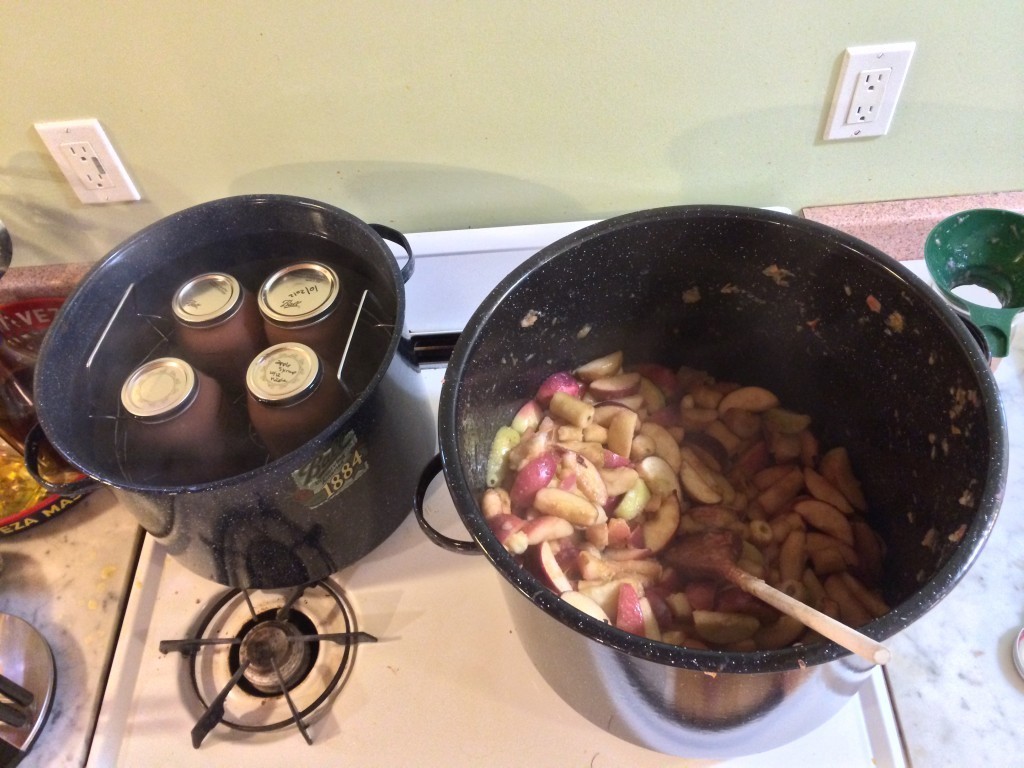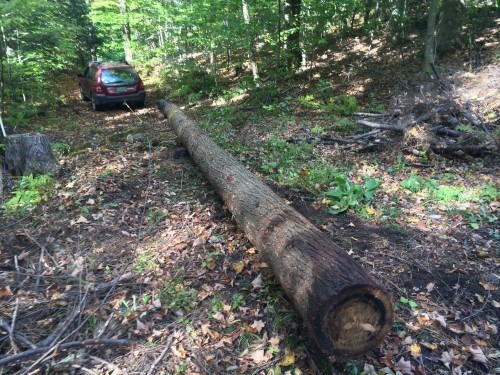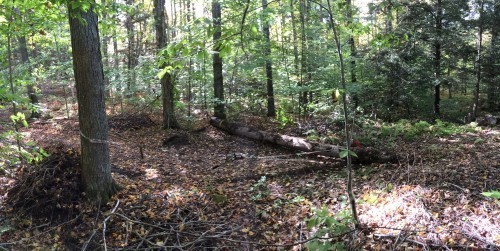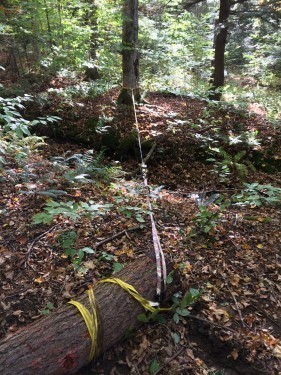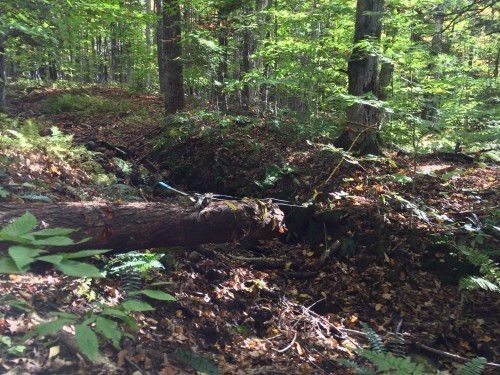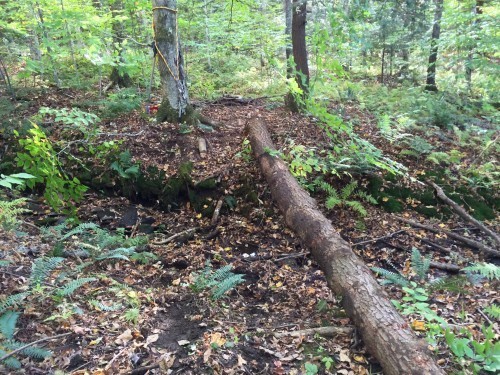Wooden bridge to more wood part 2
Wooden bridge to more wood part 1
A stream prevents us from taking the motorized wheelbarrow to 90% of the land where good fire wood is. It’s a herculean task to carry it all back across the stream and I’m no Hercules. My landlord tells me that hemlocks take water pretty well and we just dropped 2 huge ones for a clearing. It’s time to make a bridge.
Using a come-along inch by inch; thankfully it was hauled by a car for half of the trip
Getting ready to cross the stream
The tipping point
We’ll want a vertical component on that sucker
Hurray! One more to go…
